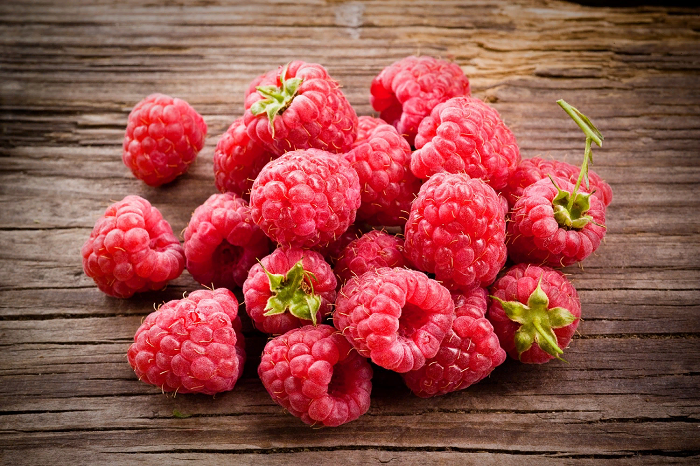
27 Jun How to rejuvenate garden raspberries
To get a good harvest of raspberries every year, it must be rejuvenated. That is, the old rhizome must be removed. And after that, on the young roots that remained in the ground, new powerful offspring will begin to develop intensively. New raspberry bushes will greatly increase the yield. Such rejuvenation, carried out every 5-6 years, allows you to grow and get an excellent harvest for many years. This is how ordinary raspberries are rejuvenated with a two-year ripening cycle.
Rejuvenation of remontant raspberry varieties.
Raspberry remontant type, which is able to bear fruit twice a season and is almost no different from simple cultivation. Such raspberries give the main crop on two-year-old stems in July, and in the fall, an additional crop appears on one-year-old shoots (in their upper part). It should be cut off in the autumn, the tops that bear fruit. Next summer, the side shoots will already produce a crop. These varieties include: Zhuravlik, Progress, etc. The repairability of such varieties is best manifested in hot summers in August and warm, dry autumns.
There are also special varieties of repair raspberries.
Such varieties have a one-year development cycle and the entire crop appears in autumn on the branches of the current year. Varieties: Hercules, Penguin, Indian Summer -2 and others have a shortened berry ripening period and are most suitable for central Russia.
Such varieties have no problem how to preserve the ground part in a frosty winter, pest control (since some will be removed with cut bushes, and the activity of other pests will not coincide with the phenophases of ordinary raspberries). Thanks to this, there are practically no wormy berries.
In order to maintain an annual development cycle in these varieties of remontant raspberries, all plant bushes should be removed every year to the very root. That is, there should not be any stumps. You need to cut off the shoots before winter, late in the fall (after the outflow of nutrients from the bushes to the roots stops), or you can do it in early spring (until the buds begin to bloom). You must have an open field. The earth needs to be loosened and mulched shallowly, as well as water-charging irrigation (this should be done in dry weather in late October – early November).
It should be remembered that if you leave the stumps, you will get undersized shoots of a simple raspberry and the benefits of remontance will disappear.
There is also a double pruning (Sobolev method). But this method is not yet widely used.
The principle of such pruning is as follows:
The first pruning should be done in May (last days) or at the very beginning of June. At this time, young shoots will reach a height of 70 centimeters to 1 meter (it all depends on the variety). They need to be pinched (cut off the top 10-15 centimeters).
You should have lateral processes (5-6 each). Such bushes will go before winter.
It is very important not to pull with pruning, otherwise the side shoots will not have time to develop properly, and may freeze in winter.
The second pruning should be carried out next spring, after the leaves have blossomed on the raspberries. It is necessary to cut off the tops (up to 15 centimeters) from the side shoots that overwintered. After such pruning, dormant buds should wake up all over the trunk, new branches will develop from them.
The second cut is considered the main one. Berries will grow from July to September (before the onset of cold weather).
As a result of double pruning, ordinary raspberry varieties are able to acquire the properties of remontant.
But there are some disadvantages of double pruning. This is, first of all, the thickening. Therefore, no more than 3-4 shoots should be left on each bush.
You should also properly care for raspberries. Only then will it be possible to collect good harvests of berries.




No Comments